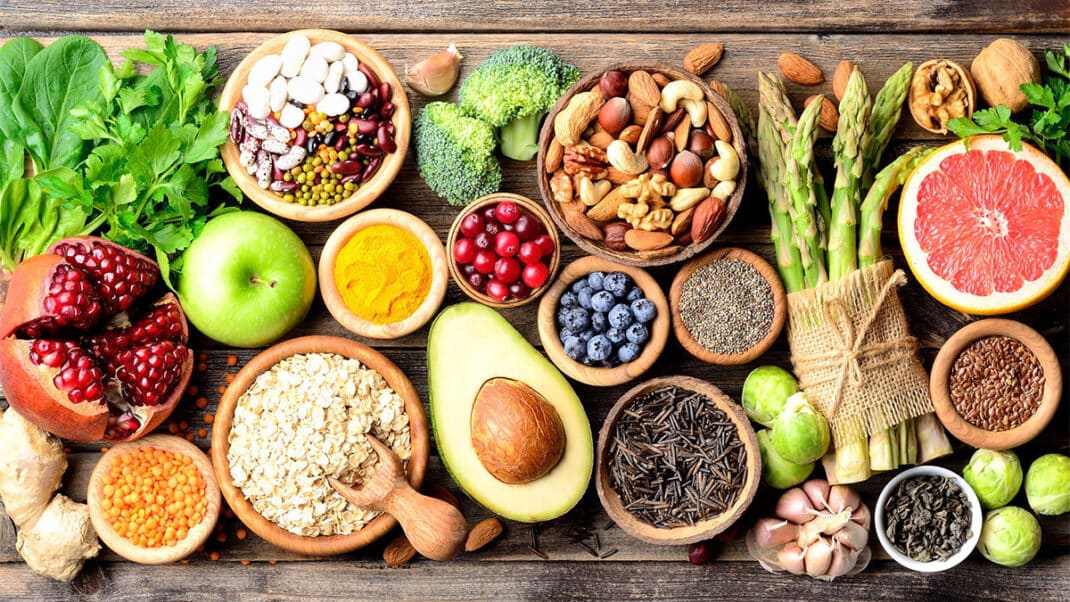Ask the RD: Is Moringa Powder Similar to Matcha?

Question: Is moringa powder similar to matcha?
Answer: Green moringa powder is made from the dried leaves of
the moringa tree, also known as the drumstick tree, and is used in drinks and smoothies like matcha powder, although it doesn’t contain caffeine. Like green tea and leafy green vegetables, moringa leaves are high in antioxidant compounds. They have been used as food and traditional medicine for hundreds of years and reputedly have anti-inflammatory effects, help reduce blood pressure, lower blood sugar and cholesterol levels, and may have anticancer properties (Leone et al. 2015; Stohs & Hartman 2015). Unfortunately, large studies on humans have not yet been done to prove these effects, and it isn’t known what doses might be effective (Stohs & Hartman 2015).
Moringa is seen as something of a superfood in the developing world, since the nutritious tree, unlike other green vegetable crops, grows well in many climates (Anwar et al. 2007). It can survive in wet and dry environments, tolerating temperatures from extreme heat to moderate cold. And nearly every part of the tree (leaves, pods, seeds, bark, flowers) can be eaten (Leone et al. 2015; FAO). The leaves provide nutrients similar to those in other leafy green vegetables, including broccoli and Swiss chard (USDA).
There are many culinary uses for fresh moringa as a vegetable. The leaves and long, immature pods (called drumsticks) are eaten fresh in many parts of the world, including Africa, India, Pakistan and the Philippines. The drumsticks look like long, fibrous green beans and can be stir-fried or stewed. In India, they are used in curries. In the Philippines, the vitamin C–rich fresh leaves go into soup. Fresh moringa is grown in Southern California, but until it is more widely available in the U.S., we’ll have to be
satisfied with moringa powder.
References
Anwar, F., et al. 2007. Moringa oleifera: A food plant with multiple medicinal uses. Phytotherapy Research, 21 (1), 17–25.
FAO (Food and Agriculture Organization of the United Nations). Traditional crop of the month: Moringa. Accessed Jan. 5, 2018: fao.org/traditional-crops/moringa/.
Leone, A., et al. 2015. Cultivation, genetic, ethnopharmacology, phytochemistry and pharmacology of Moringa oleifera leaves: An overview. International Journal of Molecular Sciences, 16 (6), 12791–835.
Stohs, S.J., & Hartman, M.J. 2015. Review of the safety and efficacy of Moringa oleifera. Phytotherapy Research, 29 (6), 796–804.
USDA (United States Department of Agriculture). USDA Food Composition Databases. Accessed Jan. 8, 2018: ndb.nal.usda.gov/ndb/search/list.
Sanna Delmonico, MS, RDS, CHES
"Sanna Delmonico, MS, RDN, CHE, is an associate professor at the Culinary Institute of America where she teaches food safety and nutrition. She previously led programming for the CIA Healthy Kids Collaborative and the CIA-Harvard Healthy Kitchens, Healthy Lives Continuing Medical Education Conference. Prior to joining the CIA, she was an instructor at Santa Rosa Junior College where she co-coordinated the dietetic technician program. Sanna develops delicious, seasonal recipes and writes about food and nutrition for publications, including IDEA Fitness Journal. She lives in Napa, California, and is a home winemaker."





